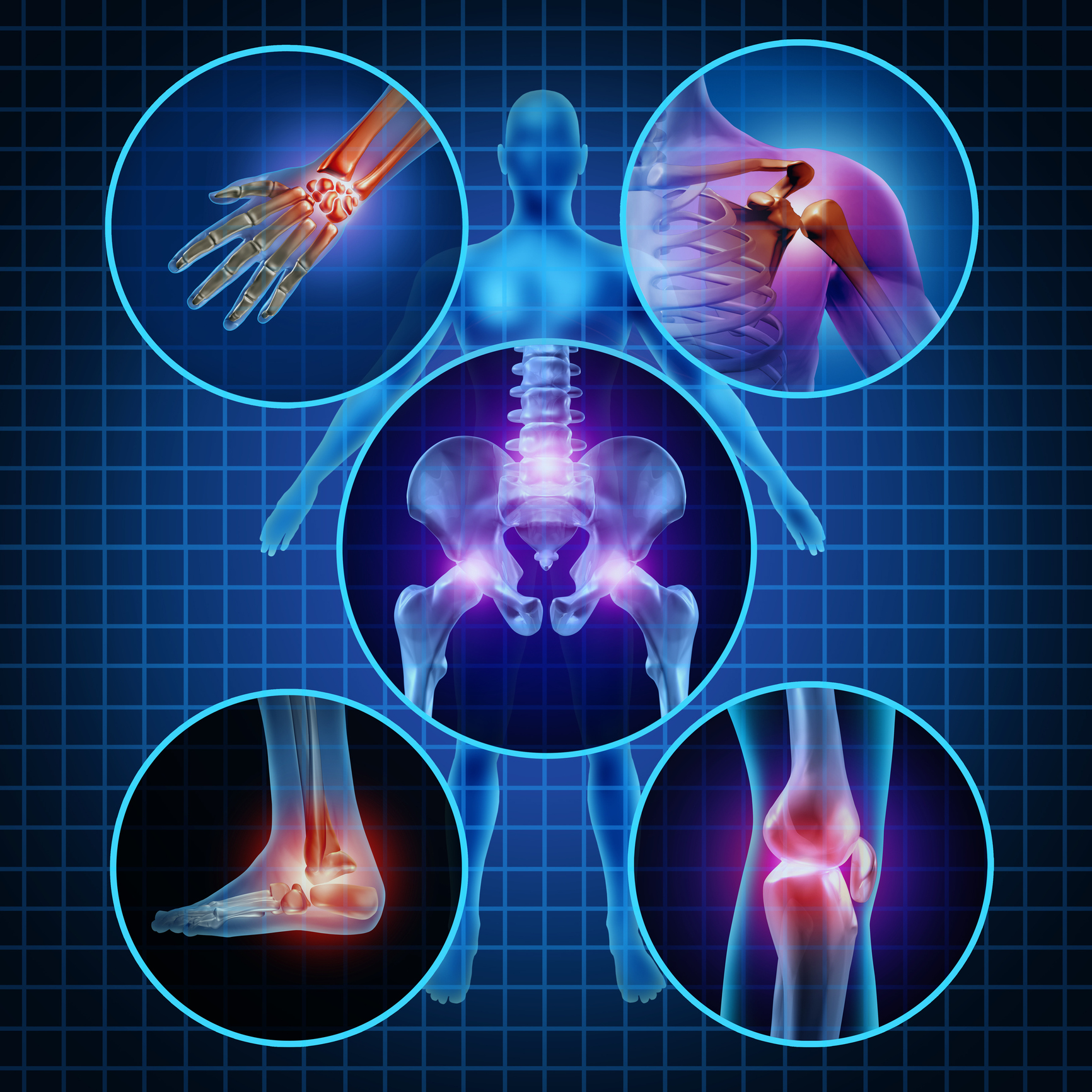Bone fractures can be very painful and cause bruising, swelling and loss of use in the affected area. An X-ray is usually adequate to diagnose a fracture, but a CT scan may be necessary with more complex fractures. Most fractures can be treated without surgery if the alignment of the fracture is acceptable. Non-surgical treatment typically involves immobilization of the affected area with a cast or sling. As the pain subsides, simple range of motion exercises are used to prevent stiffness. Physical therapy can also be used to help with recovery
Proximal Humerus Fracture
This type of fracture involves the upper portion of the humerus, near the shoulder joint. The incidence of these fractures increases with age. The most common cause of this fracture is a fall onto the shoulder or arm. Proximal humerus fractures can be a sign of osteoporosis, a disease of progressive bone loss. It is important to be evaluated by your primary care physician for osteoporosis to potentially treat or prevent future fractures.
Fortunately, because of the wide range of motion of the shoulder, the alignment of the fracture doesn’t have to be perfect. For this reason, surgery can usually be avoided for this type of fracture. Most fractures heal within 6-8 weeks, but full recovery can take 3-4 months.
Distal Radius (Wrist) Fracture
The radius is the bigger of the two bones in the wrist. Distal radius fractures are among the most common fractures across all age groups. The most common cause of this type of fracture is a fall onto an outstretched arm. There can sometimes be deformity if the fracture displaces.
Surgery is usually avoidable if the alignment of the fracture is acceptable, or if it can be restored with manipulation. After the bones are properly aligned, a splint is placed on the arm. Usually the cast is removed after 6-8 weeks.
Surgery is necessary if the fracture is poorly aligned or can’t be held in an acceptable position using a splint or cast. Fractures that heal in poor alignment can limit function of the arm and put you at risk for developing arthritis. The alignment of the bone is improved surgically and held in place with plates or screws.
Most people can return to normal activities after a distal radius fracture, but each person responds to the injury differently. The most common problem after a distal radius fracture is stiffness of the wrist or fingers.
Distal radius fractures can be a sign of osteoporosis, a disease of progressive bone loss. It is important to be evaluated by your primary care physician for osteoporosis to potentially treat or prevent future fractures.



